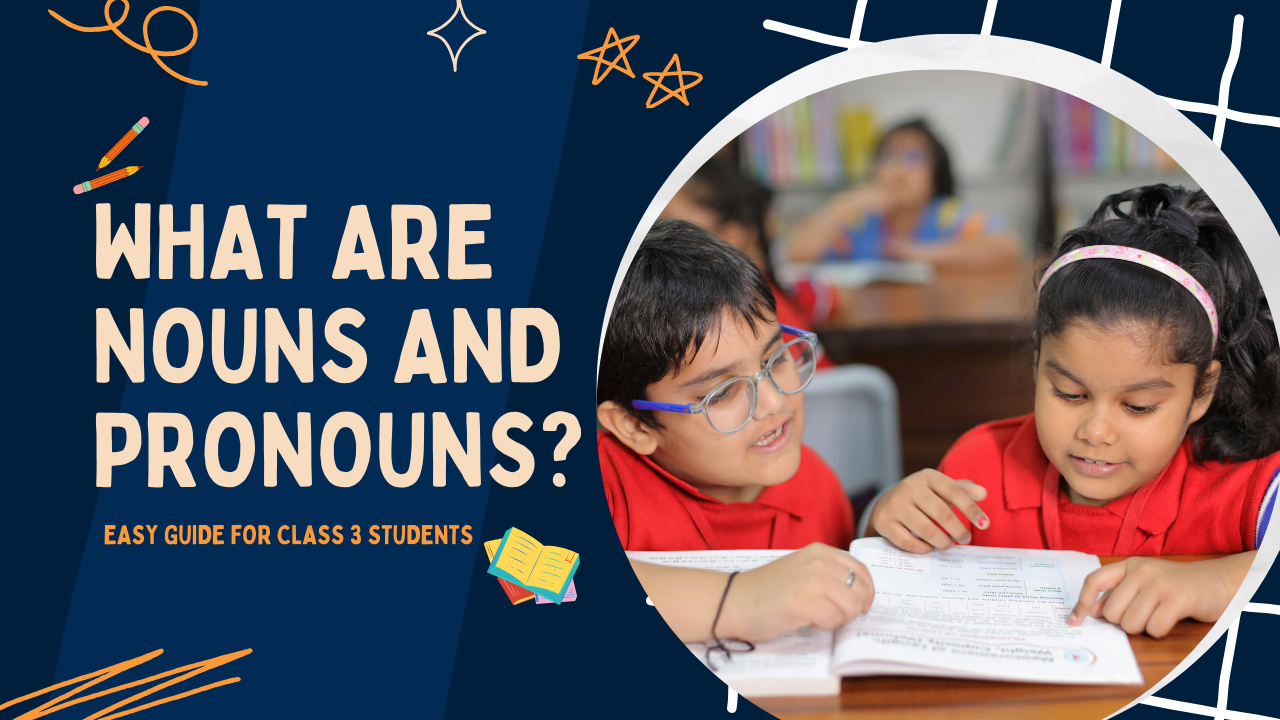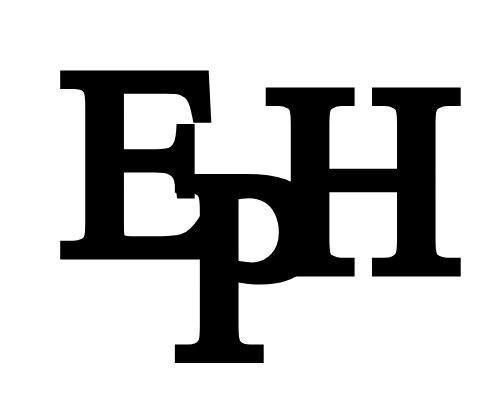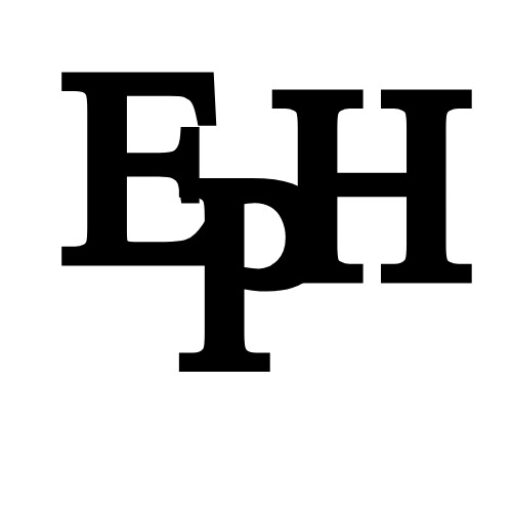
What Are Nouns and Pronouns? Easy Guide for Class 3 Students
Master English grammar basics by understanding Nouns and Pronouns — the two building blocks that bring every sentence to life.
What is a noun?
A noun is a word that names a person, place, animal, thing, or idea.
-Think of a noun as a naming word.
Nouns are often described as referring to persons, places, animals, things, state or qualities.
Person- Man, woman
Place- Home, Office
Thing- Table, chair
State- Sadness, anger
Quality- Beauty, Talent
How to Identify a Noun?
For beginners: -ment, -hood, -ness, -ion, -ity
Ask Question – What? Who? Whom?
Lets learn from example:
I have a home.
WHAT? – Home
I went home.
It doesn’t reply to who , whom or whom?
Love is in the air.
WHAT? – Love
Meena loves Prem.
WHO? – Prem.
3 Cases of Noun
Subjective case:
Subject – What we talk of?
Before verb
who/what?
Shinu loves priya.
Verb-loves, who answers shinu.
Objective Case:
Whom?
After Verb
Kavita slapped kinu.
Verb – slapped, after this whom answers kinu.
No Objective:
I went to Australia.
Verb – Went, Nothing after verb
Types of Nouns for Class 3rd student
1. Common Nouns
There are general names of people, places, animals, or things.
Examples – Boy, City, Dog, School, Pencil
Sentence –
- The boy is playing with his ball.
- Ellen visited paris last summer.
- Microsoft released a new update.
- Mount Everest attracts climbers all over the world.
- Tesla is innovating electric vehicles daily.
2. Proper Nouns
These are special names of people, places or things. Proper nouns always begin with a capital letter.
Examples – Ram, Mumbai, Holi, Tuesday
Sentence –
- Ram went to Mumbai on Tuesday.
- The dog is barking at the stranger.
- She bought a branded phone.
- The teacher is explaining the chapter.
- A river flows through Egypt.
3. Collective Nouns
These are nouns that name a group of anything or pair.
Example – A pair of shoes, A bunch of grapes
Sentence –
- These pairs of shoes are lovely.
- The team won the tournament.
- A flock of birds flew over the river.
- The committee decide to expel him.
- A herd of cattle grazed at the morning.
4. Abstract Nouns
These are nouns that you can’t see or touch like feelings, ideas, or qualities.
Example – Love, Honesty, Happiness, Courage.
Sentence –
- Her Honesty is appreciated by everyone.
- Her courage inspired the team.
- Happiness is a medicine.
- Fighting needs courage.
- She is in love with him.
5. Concrete Nouns
These are things you can see, touch, hear, smell, or taste.
Example – Apple, Book, Bell, Flower, etc.
Sentence –
- She ate a red apple.
- The table was made of wood.
- He kicked the ball.
- She ate a juicy mango.
- Dish smells tasty.
6. Countable Noun
These are things which we can count.
Example –
- She bought three apples
- He owns two cars.
- She adopted two dogs.
- Seven books sat on the shelf.
- He bought five tickets for the concert.
7. Uncountable Noun
These are things which we can’t count.
Example –
- We need some water.
- She spilled the water.
- Her advice was very helpful.
- Water pollution worsened in the city.
- They shared their views freely.
Summary: What Did We Learn about nouns?
Nouns:Nouns are naming words.
They name people, places, animals, objects, and concepts.
Nouns come in several varieties, including common, proper, collective, abstract, and concrete.
Nouns help us form logical sentences.
What are Pronouns?
A pronoun is a word that replaces the noun. Instead of repeating the noun again and again, we use pronouns to make sentences crisp and clear.
– Think of pronouns as “shortcuts” for nouns.
Examples
Instead of saying :
Riya is my friend. Riya likes to read books, Riya is very smart.
We say : Riya is my friend. She likes to read books. She is very smart.
(Word she makes it clear to read and clear the buzz produced by repeating the nouns.)
Types of Pronouns There are five types of pronoun :-
1. Personal Pronouns
These pronouns replace the names of people or things.
Example – I, You, He , She, It, We They, Me, Him, Her, Us, Them.
Sentence –
- She is dancing.
- He is singing.
2. Possessive Pronouns
These pronouns show ownership or belonging.
Example – Mine, Yours, His, Her, Ours, Theirs
Sentence –
- This book is mine.
- I ate my apple, but hers were sweeter.
3. Demonstrative Pronouns
These pronouns point out specific things.
Examples – this, that, these, those
Sentence –
- These are her toys.
- Those cars are expensive.
4. Interrogative Pronouns
These pronouns are used for asking questions.
Examples – Who, Whom, Whose, What, Which
Sentence –
- Who is Knocking at the door?
- Whose bat is this?
5. Reflexive Pronouns
These pronouns show that the action is done by the subject to itself.
Examples – Myself, Yourself, Himself, Herself, Itself, Ourselves, Themselves
Sentence –
- I made this cake all by myself.
- She is cooking for herself.
Noun and Pronoun Working Together
Consider nouns and pronouns as best buddies. Nouns introduce people or things, while pronouns allow us to discuss them without repeating their names.
Example: This is Anita. She is my sister.



